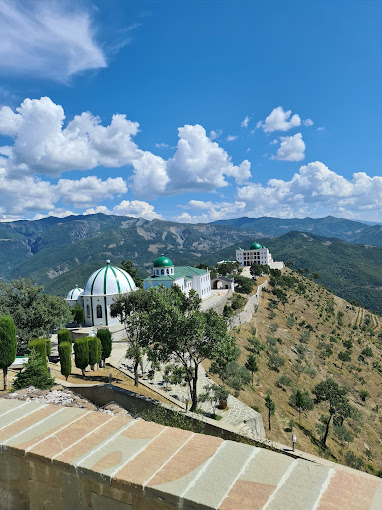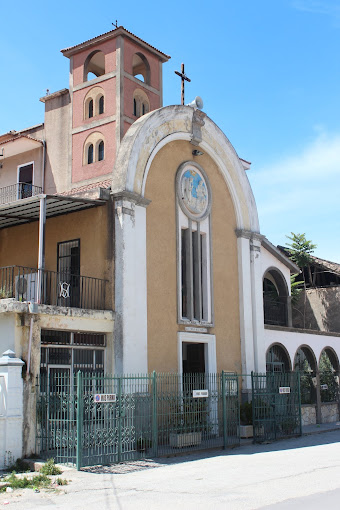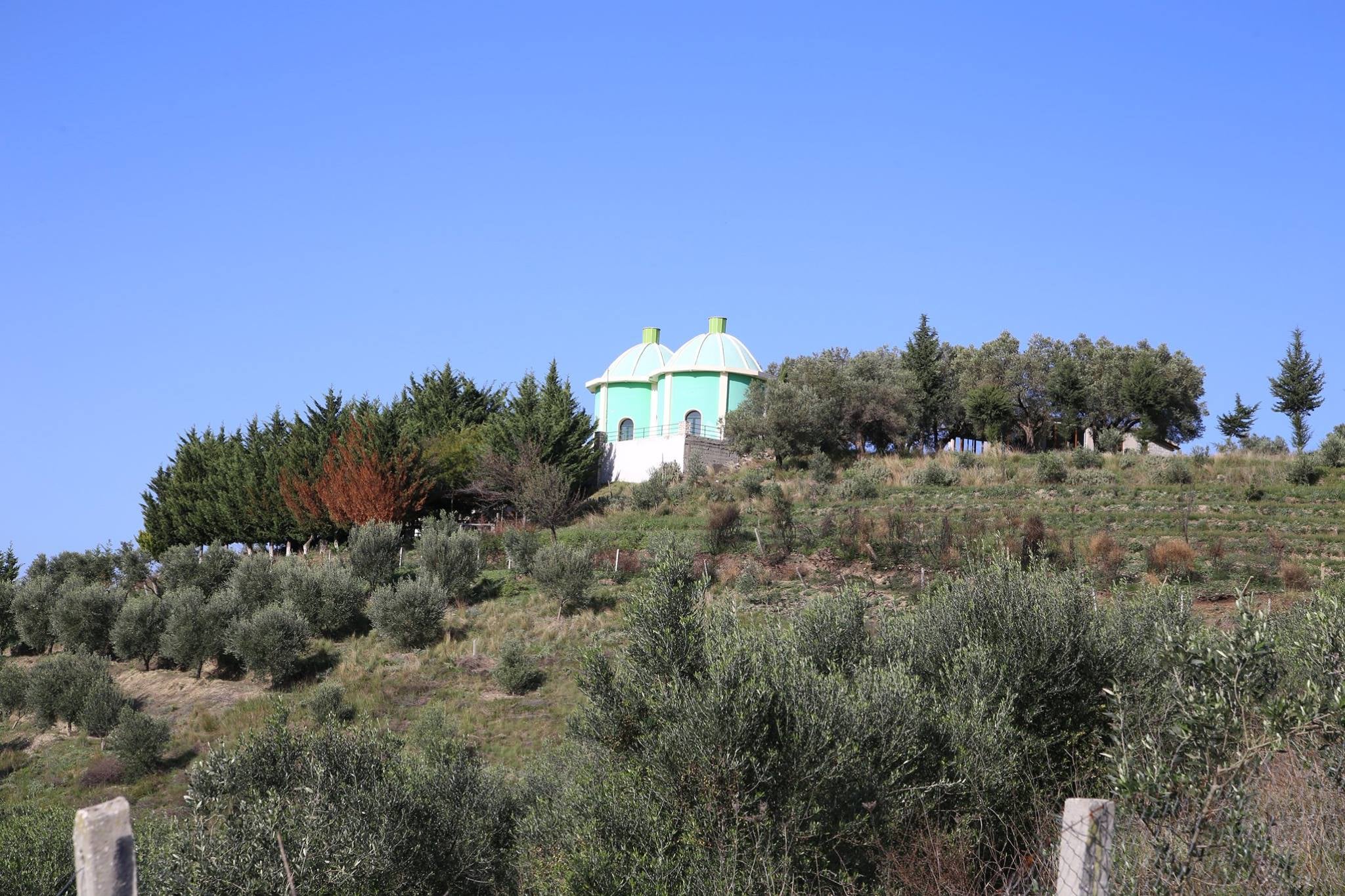The Gorica Bridge, located in the city of Berat, Albania, is an important cultural monument and one of the oldest bridges in the country. Its construction dates back to the 18th century and has had a rich history of reconstruction and care.
Gorica Bridge was originally built of wood, but in 1780, during the reign of Ahmet Kurt Pasha, it was rebuilt with stone. This action has increased the stability and resistance of the bridge, making it a more stable structure. Archival documentation shows that the bridge underwent a general reconstruction in the 1920s and 1930s, making it a construction with today's characteristics.
The bridge has a length of 129.3 meters and a width of 5.3 meters. It consists of 7 arches separated by spaces ranging from 9 to 16.7 meters. This design of the arches gives the bridge a special look and distinguishes it from other bridges. The Gorica Bridge has a practical function, connecting the Gorica neighborhood with other parts of the city of Berat and the Këlcyra road.
It is important to note that the bridge is up to 10 meters high above the Osum River bed. This characteristic shows the craftsmanship of its builders and their adaptation to the natural environment.
In 1927, part of the construction of the bridge was entrusted to a new builder from Italy. However, due to his lack of experience, he did not continue after completing one leg of the bridge. To his aid came the master craftsman Hamza Molla from the village of Gjonbabas (Korçë), who, together with master craftsman Mahmut Belul Lekasi and his team from Opari, completed the construction of the bridge in 1927.
The Turkish bridge of Gorica, with its history and unique characteristics, is declared not only as a part of architectural heritage, but also as a symbol of construction craftsmanship.



.jpg)
.jpg)
.jpg)
.jpg)
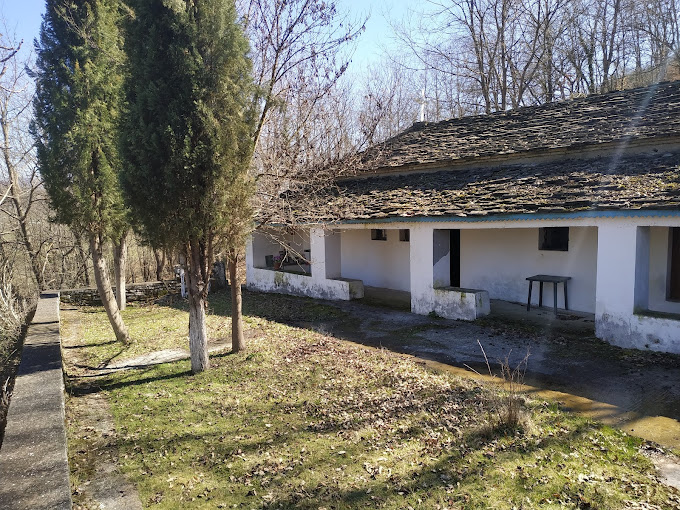
.png)
.png)
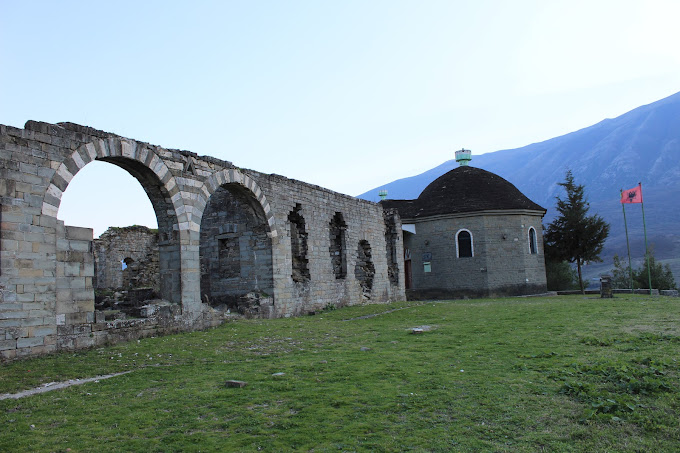
.png)
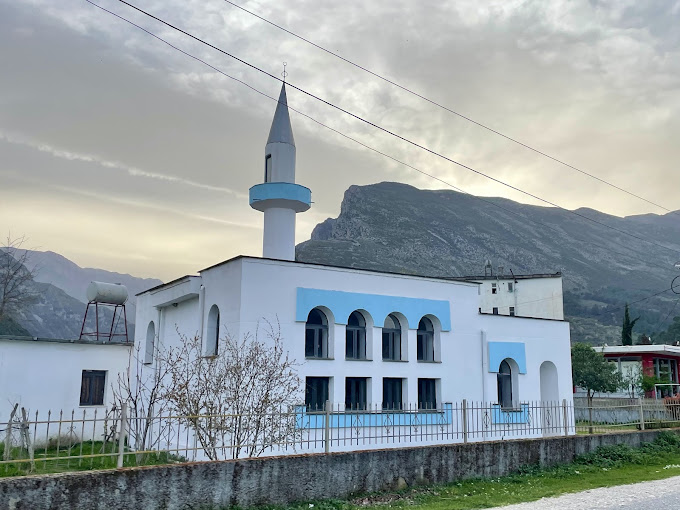
.png)
